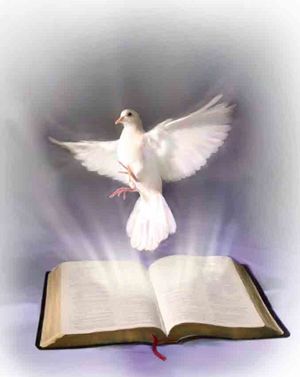
The first three chapters of the Bible are about man and woman, you and me, and our turning away from God. It is a powerful story – a myth, which means a story teaching religious truth, and tells us we human beings have chosen to bring evil into God’s good world. We have all “eaten fruit from the tree of the knowledge of good and evil”.
In chapter four, the story of Adam and Eve begins, of their sons Cain and Abel, of jealousy and murder. Cain goes in exile to the land of Nod, east of Eden, where he marries a local woman. Adam and Eve are not the only people on earth.
The story of human life and sin continues to Noah when God despairs of the human race and decides to end its sinful history, saving only Noah and his family and the innocent animals and living creatures. Two amazing stories of Noah’s Ark are woven together and after the Flood purified life continues. The human race, as we understand it, is thus descended from Noah and his family, not from Adam and Eve: that’s what the Bible myth indicates.
In chapter eleven the history of Israel begins with the call of Abraham to be the father of a great people from whom will come a Messiah to bring God’s blessing and love to the world. That story, the history of Israel and its growing understanding of God’s love, which we call The Old Testament, continues until the birth of Jesus.
The Gospel (accounts by Matthew, Mark, Luke and John) begins The New Testament. Jesus is the Messiah, the messenger of God’s love, the fulfilment of the Old Testament promise. The story begins at his baptism in each Gospel account but Luke and Matthew, unlike Mark and John, preface their Gospel accounts with nativity stories, narratives full of symbolism.
Luke tells of Mary’s being chosen to be the mother of the Messiah (she is the woman promised in chapter three at the opening of the Bible) and her journey to Bethlehem with Joseph where the baby is born. The journey would have been made in good time, taking at least five or six days, and “whilst they were there the time came for her to have her child.” Luke pictures them surrounded by family love and the shepherds speak to the family. The shepherds symbolise the leaders of God’s people – Abraham, Isaac, Jacob, Moses, David, all shepherds. Israel’s waiting is over, the Messiah has been born.
Matthew tells the story very differently. He sees the wise of the world coming to adore in a baby their King (gold), God (incense), Saviour (myrrh). We cannot fit together the two nativity stories, they have in common only the names of the Holy Family and a birth at Bethlehem. There are 72 books in the (Greek) Catholic Bible (Note: 66 books in the Hebrew Bible, used by Christian Churches) written at various times by many different authors. There is poetry, drama, legend, myth, parable, fable, history, epic. We need to understand how and why the authors wrote.
We need common sense to ask intelligent questions and teachers and preachers unafraid of questions they cannot answer. It is no answer for teachers and preachers to tell children and people not to be cheeky or offensive if they ask questions difficult to answer.
God bless us to want to understand,
Fr John
Related Links: Popular Reads and Fr John’s Parish Newsletters